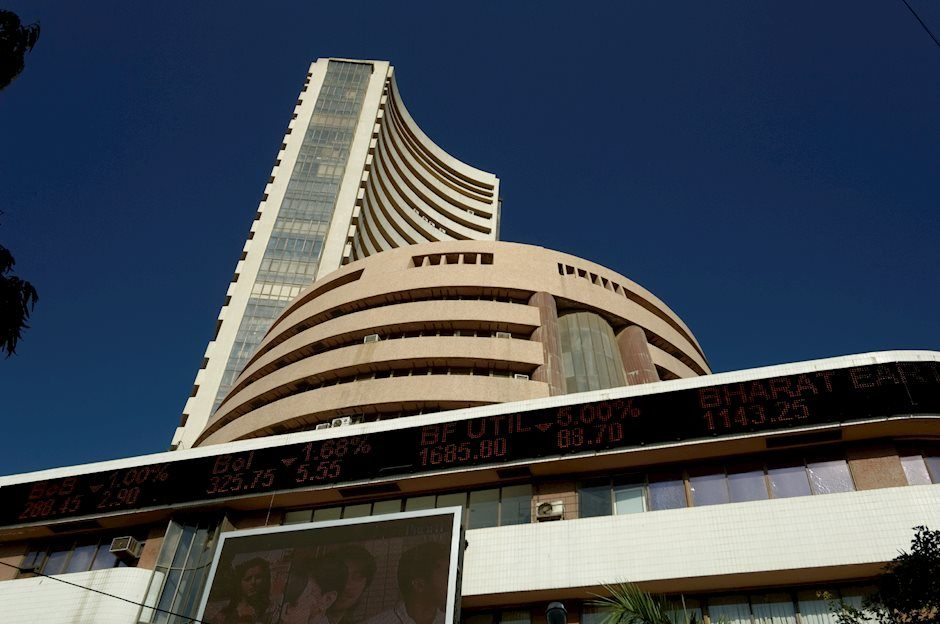Stock Market Today: Nifty crashes 6% on Tuesday as Modi fails to garner a landslide victory
- India’s Nifty lost 6% on Tuesday having opened 1% lower.
- Vote counting shows a majority but now a landslide win for the PM Modi-led BJP alliance.
- All eyes turn toward the June 7 RBI policy decision amid Indian political anxiety.

Nifty 50, India’s key benchmark index, extended early losses and closed deep in the red on Tuesday, a day after markets clocked the best trading session in three years.
Markets witnessed a big sell-off, as the vote counting showed uncertainty over a victory by a decisive majority for the Prime Minister Narendra Modi-led Bharatiya Janata Party (BJP) alliance when compared to the predictions by the exit polls over the weekend.
The National Stock Exchange (NSE) Nifty 50 ended nearly 5.50% lower on the day to settle near 22,000.
Stock market news
- The top gainers on Nifty were Hindustan Unilever, Brittania. Hero Moto Corp, Nestle India and Tata Consumer Products. Meanwhile, the big losers on Nifty were Adani Enterprises, Adani Ports, Coal India, NTPC and ONGC.
- Traders said the markets sold off on Tuesday as investors awaited more clarity on the total number of seats that the National Democratic Alliance (NDA) would win.
- The ruling NDA was ahead in nearly 300 seats, per local media. 272 seats is the minimum needed for a simple majority in the 543-member lower house of parliament.
- Exit polls over the weekend predicted that PM Modi will retain power for a third straight term, with BJP-led NDA winning anywhere between 350-401 seats.
- The Indian Rupee has faced rejection at the key resistance of 83.04 against the US Dollar, with USD/INR consolidating below 83.50, as of writing, up 0.53% on the day.
- Markets are also weighing the US economic health prospects after the weak ISM PMI data on Monday.
- ISM Manufacturing PMI index dropped from 49.2 in April to 48.7 in May, missing the expected 49.6 print. The ISM Manufacturing Prices Paid eased to 57.0 in May vs. 60.9 previous and 60.0 expected.
- Last week, India’s economy grew by 8.2% in the fiscal year ended March 2024, sharply higher than the 7% expansion recorded in the previous year, led by a robust performance of manufacturing and construction sectors, per Reuters.
- All eyes remain on the Indian political scenario following the election outcome and the Reserve Bank of India’s (RBI) monetary policy announcements on June 7 for fresh trading impulse.
Nifty 50 FAQs
The Nifty 50, or simply Nifty, is the most commonly followed stock index in India. It was launched in 1996 by the National Stock Exchange of India (NSE). It plots the weighted average share price of 50 of the largest Indian corporations, offering investors comprehensive exposure to 13 sectors of the economy. Each corporation's weighting is based on its "free-float capitalization", or the value of all its shares readily available for trading.
The Nifty is a composite so its value is dependent on the performance of the companies that make up the index, as revealed in their quarterly and annual results. Another factor is government policies, such as when in 2016 the government decided to demonetize 500 and 1000 Rupee banknotes. This led to a temporary cash shortage which negatively impacted the Nifty. The level of interest rates set by the Reserve Bank of India is a further factor as it determines the cost of borrowing. Climate change, pandemics and natural disasters are also drivers.
The Nifty 50 was launched on April 22, 1996 at a base level of 1,000. Its highest recorded level to date is 22,097 achieved on January 15, 2024 (this is being written in Feb 2024). The index first closed above the 10,000 level on October 17, 2017. The Nifty recorded its biggest daily decline on March 23, 2020 during the Covid pandemic, when it fell 1,125 points or 12.37%. The Nifty’s biggest gain in a single day occurred on May 18, 2009, when it rose 651 points after the results of the Indian elections.
Major corporations in the Nifty 50 include HDFC Bank, Reliance Industries, ICICI Bank, Tata Consultancy Services, Larsen and Toubro, ITC Ltd, Housing Development Finance Corporation Ltd and Kotak Mahendra Bank.
Author

FXStreet Team
FXStreet

















